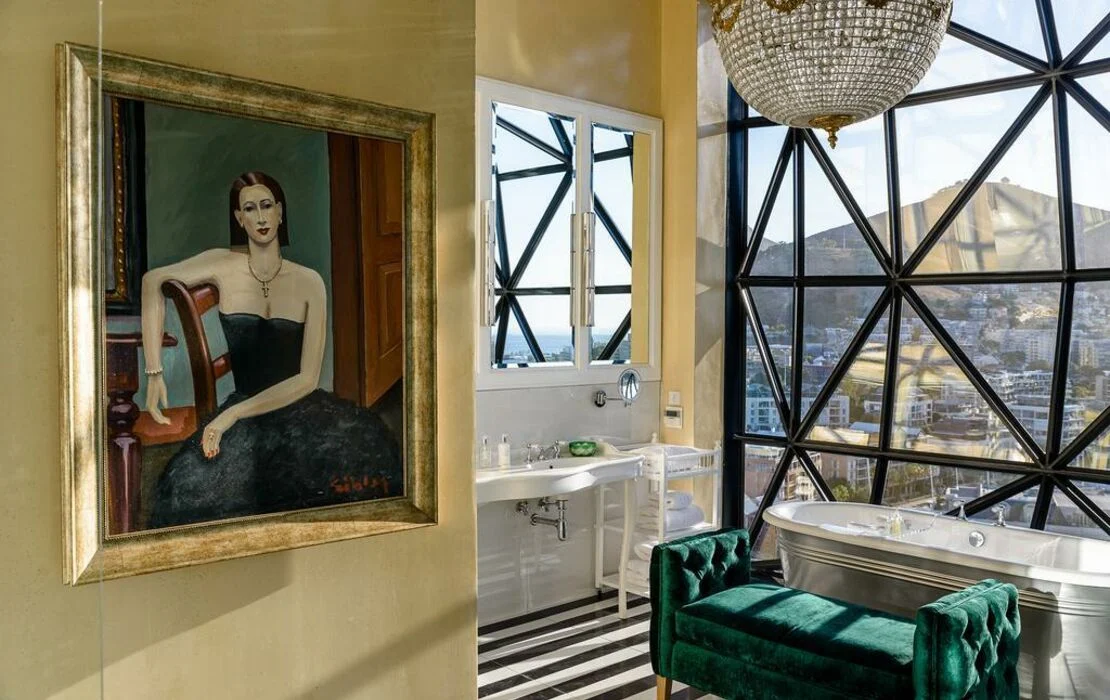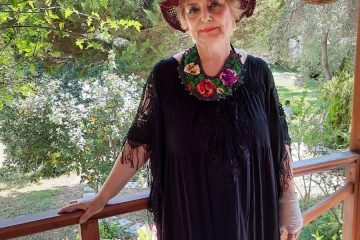Silk painting is a time-honored art form with a rich history that spans thousands of years. From its origins in ancient China to its evolution into a modern artistic expression, silk painting has captivated artists and art lovers alike. This article explores the fascinating journey of silk painting, tracing its roots, development, and transformation into the vibrant art form we know today.
1. Origins in Ancient China
Silk painting began in ancient China over 2,000 years ago, during the Han Dynasty (206 BCE–220 CE). Silk, a luxurious and highly valued fabric, was first cultivated in China, where it quickly became an integral part of the culture. As silk production flourished, it became a popular medium for painting, primarily used by the elite for religious and decorative purposes.
- Silk as a Canvas: The smooth, lustrous surface of silk provided an ideal canvas for Chinese artists. Unlike other fabrics, silk could absorb ink and pigments beautifully, allowing for detailed and intricate designs.
- Early Techniques: Chinese artists developed various techniques for painting on silk, using natural dyes and inks. The traditional method involved stretching the silk over a frame and applying paint with fine brushes, often depicting scenes of nature, mythology, and everyday life.
- Cultural Significance: Silk paintings were often used in religious ceremonies, funerary practices, and as gifts for nobility. They also played a role in recording historical events and conveying philosophical ideas.
2. Silk Painting in Japan and Korea
The art of silk painting spread from China to neighboring countries such as Japan and Korea, where it evolved into distinct styles and techniques.
- Japan: In Japan, silk painting became closely associated with the art of kakemono and byobu (hanging scrolls and folding screens). Japanese artists adopted and refined Chinese techniques, incorporating their own cultural themes and aesthetics. The use of nihonga (Japanese-style painting) on silk became popular, emphasizing natural beauty, subtle colors, and delicate brushwork.
- Korea: In Korea, silk painting was heavily influenced by Buddhist themes, particularly during the Goryeo Dynasty (918–1392 CE). Korean artists used silk as a medium for depicting religious iconography, with an emphasis on vivid colors and intricate details.
3. Silk Painting in the Islamic World
Silk painting also found its way to the Islamic world, where it was embraced for its decorative and symbolic value.
- Persian Miniatures: In Persia (modern-day Iran), silk was often used as a base for intricate miniature paintings. These artworks, known for their vibrant colors and detailed figures, were used to illustrate manuscripts and decorate textiles.
- Ottoman Empire: The Ottoman Empire adopted silk painting techniques for various applications, including calligraphy and textile decoration. Silk textiles adorned with painted designs became highly prized for their beauty and craftsmanship.
4. European Influence and Renaissance
During the Renaissance, silk painting gained popularity in Europe, particularly in Italy and France, where it was used in the creation of luxurious textiles and tapestries.
- Silk Trade: The Silk Road facilitated the exchange of silk painting techniques between the East and West. European artists were inspired by the intricate designs and vibrant colors of Asian silk paintings, leading to the development of new styles and methods.
- Textile Art: In Europe, silk painting was primarily used in textile art, including tapestries, wall hangings, and clothing. The introduction of silk painting to Europe marked a significant shift in the use of the fabric, as it became a symbol of wealth and sophistication.
5. Silk Painting in Modern Art
In the 20th century, silk painting underwent a transformation as artists began experimenting with new techniques and styles, blending traditional methods with contemporary art forms.
- Revival in the 1960s and 1970s: The silk painting movement experienced a revival in the 1960s and 1970s, particularly in the United States and Europe. Artists like Jacquard de Seigne and Suzanne Cheney popularized modern silk painting by introducing innovative techniques and encouraging the exploration of abstract and non-traditional designs.
- Integration with Fashion: Silk painting became a popular medium in the fashion industry, with designers creating hand-painted silk scarves, dresses, and accessories. The unique ability to blend colors and create intricate patterns made silk an attractive canvas for fashion artists.
- Contemporary Silk Painting: Today, silk painting continues to evolve, with artists around the world experimenting with new materials, tools, and styles. From abstract art to realistic portraits, contemporary silk painting is a diverse and dynamic art form that celebrates both tradition and innovation.
6. Global Impact and Cultural Significance
Silk painting has had a profound impact on various cultures and continues to be celebrated as a unique and expressive art form.
- Cultural Preservation: In many cultures, silk painting is seen as a way to preserve traditional artistic practices and pass them down to future generations. Workshops, exhibitions, and cultural festivals often feature silk painting demonstrations, highlighting its historical significance.
- Artistic Expression: Silk painting allows artists to express their creativity and cultural heritage in a visually stunning medium. The versatility of silk as a canvas offers endless possibilities for experimentation and artistic exploration.
Final Thoughts
The history of silk painting is a testament to the enduring appeal of this luxurious and versatile fabric. From its ancient origins in China to its modern incarnations around the world, silk painting has evolved into a sophisticated and expressive art form that continues to inspire artists and captivate audiences. Whether rooted in tradition or pushing the boundaries of contemporary art, silk painting remains a beautiful and enduring symbol of creativity and cultural exchange.




